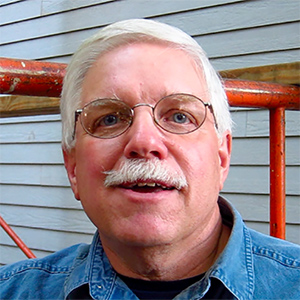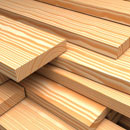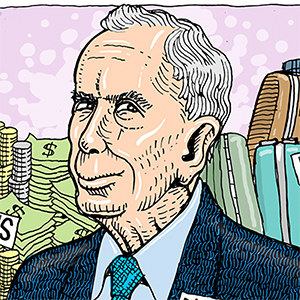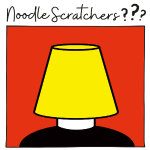A Complete Guide to Chimney Maintenance and Repair
Published in Home Articles
Chimneys need regular care to keep homes safe and heating systems efficient. Ignoring small problems can lead to bigger, more costly issues later.
Staying on top of chimney maintenance and repair keeps the structure solid and reduces fire risks. Simple checks and seasonal upkeep can make a big difference.
If you’re unsure where to start, there are clear steps you can follow. Explore this guide to learn what to look for and what actions to take to protect your home.
Check for Creosote Buildup
Creosote is a sticky substance that builds up inside chimneys. It forms when wood burns and doesn’t fully combust. If not cleaned, it can catch fire and cause serious damage.
Chimneys should be inspected yearly for creosote levels. Use a flashlight to spot dark, tar-like streaks inside. Hire a professional to clean it if buildup is visible.
Inspect the Chimney Cap and Crown
The chimney cap keeps rain, animals, and debris out. Over time, the cap can rust or become loose. The crown, which seals the top of the chimney, may crack and let water in.
Water damage can weaken bricks and cause leaks inside your home. Look for cracks, rust, or signs of moisture. Replacing a damaged cap or sealing a cracked crown prevents bigger repairs later.
Look for Signs of Water Damage
Water is a chimney’s worst enemy. It can break down mortar, damage liners, and cause mold growth. Stains on the ceiling near the fireplace are often signs of leaks.
Brick surfaces may also start to crumble or look powdery. Checking the flashing and sealing any gaps can stop the leak at the source. Always act quickly to avoid long-term damage.
Check for Blockages or Obstructions
Bird nests, leaves, and soot can block airflow in chimneys. A blocked chimney won’t vent smoke properly, which can push dangerous gases back into the house. You might notice smoke not drawing up the flue or a foul odor inside the room.
Look inside using a flashlight or mirror to spot obstructions. If you can’t remove the blockage yourself, seek help. Many homeowners rely on professional chimney repair services for thorough inspections and safe clean-outs.
Examine the Masonry for Cracks or Gaps
Cracks in the bricks or mortar can let water in and weaken the chimney over time. Even small gaps can grow with exposure to heat and moisture. Freeze-thaw cycles can make this worse in colder areas.
Tuckpointing, or repointing the mortar, is a good way to restore stability. Surface sealing products can also help protect the masonry. Don’t wait until chunks of brick start falling off before acting.
Monitor the Chimney Liner
The chimney liner protects the walls from heat and corrosive byproducts. If the liner is cracked or missing, it can cause a fire or carbon monoxide leak.
Liners can be made of metal, tile, or clay, and they wear out over time. A camera inspection can help reveal hidden damage. Replacing a liner is a big job but essential for safety. Keep it in good shape to avoid serious risks.
Educate Yourself About Chimney Maintenance and Repair
Proper chimney care isn’t just for cold months. Year-round attention keeps everything working safely and smoothly. Regular inspections, simple fixes, and quick action help avoid costly damage.
Don’t ignore early signs of wear or blockages. Use this guide as a checklist to stay on top of things. A well-maintained chimney means peace of mind for every homeowner.
There’s plenty more to check out — just visit our blog.





























Comments